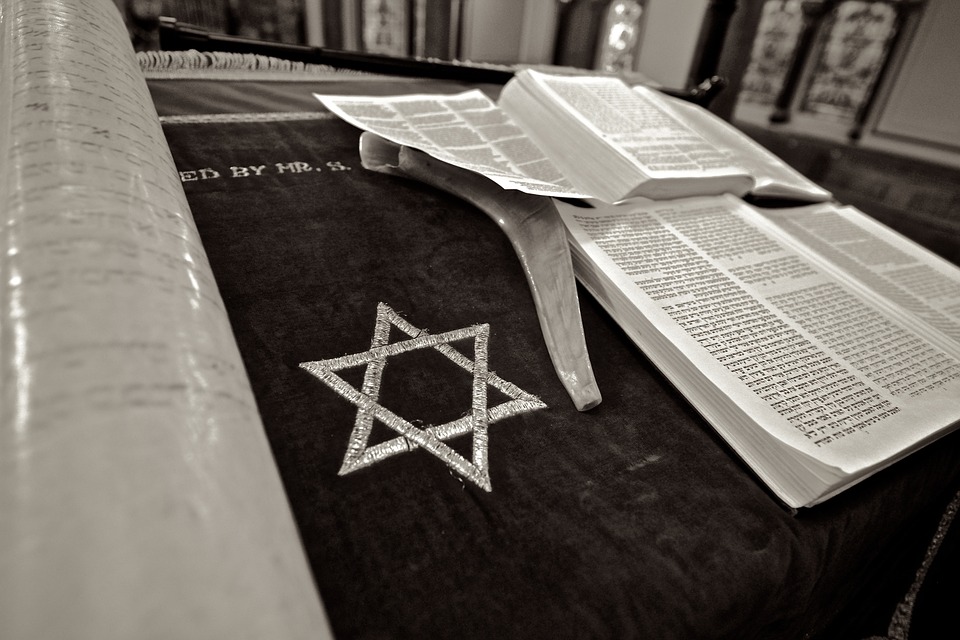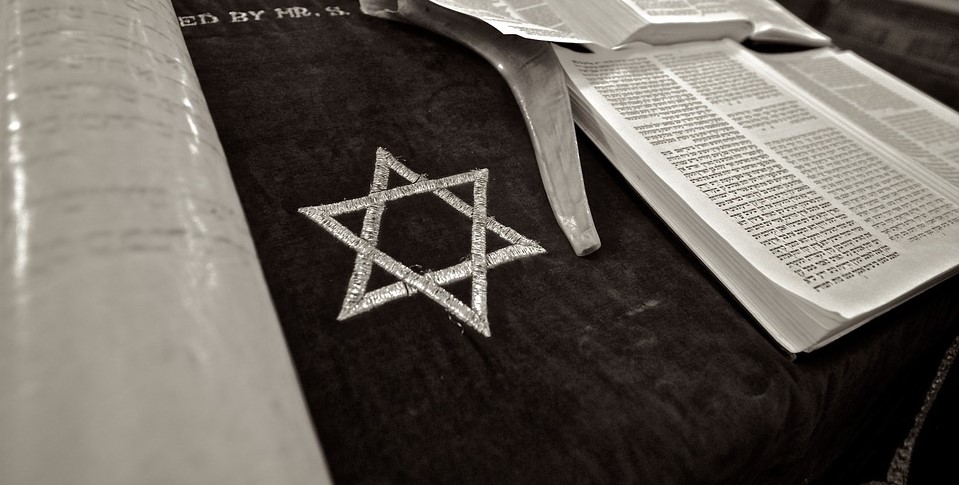
If you’re going to be welcoming 5778 in a new address, mazel tov! Throughout our history, our people have done a lot of moving – so much so that we even have special blessings to celebrate moving into a new home.
The shehecheyanu is recited as a joyous thanksgiving upon purchasing a new home. Conveniently, it’s also part of the Rosh Hashanah tradition. The second night of Rosh Hashanah is the time to try a new fruit. Here are some neat ways to incorporate more exotic produce into your family’s celebration.
The tricky aspect of shehecheyanu can be finding a store that’s a reliable source of produce in your new neighborhood. If you’re fairly observant, you’re already familiar with the ins and outs of finding appropriate places to shop; if this is your first move away from your family or is otherwise new to you, it’s a good idea to gather information and insights from members of the local Jewish community – you can save a lot of time that way and it’s also a good way to get to know people.
Where Will You Pray on Rosh Hashanah?

In some communities, there are very few Jews. In other communities, there are so many Jews that you need to reserve a place in the Synagouge for Rosh Hashanah in advance. It’s pretty likely you know which type of community you’ve moved into. That being said, if it’s the latter, make sure you reach out as soon as possible. If you’re not sure where the Jewish community gathers in your new area, you can find out by contacting your local Jewish Federation. To find your local Jewish Federation, use the online Fed Finder.
Don’t Forget About Your Mezuzahs!
The other important tradition associated with Jewish families moving is the hanging of the mezuzahs. The questions of how many mezuzahs a family needs and where they should be positioned is well outside our scope as professional movers. Here is one set of guidelines, shared by Chabad of the West Side. You can also always consult with your rabbi for direction.

